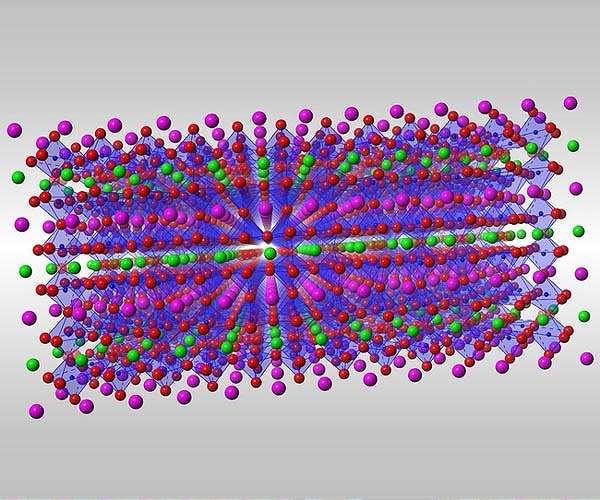The USTC team improves air-processed perovskite solar cells with a new stabilizer
Researchers from the University of Science and Technology of China (USTC), led by Prof. This innovation significantly inhibits the oxidation of iodide ions and the deprotonation of organic cations, as described in their recent publication in Nature Energy.
The energy conversion efficiency (PCE) of metal halide perovskite solar cells has made rapid progress, surpassing 26.1% in controlled environments. However, manufacturing these cells in ambient air has been challenging due to significant efficiency and stability losses, which hinder mass production and wider application.
The new stabilizer addresses the whole-process degradation observed when perovskite films are exposed to moisture, oxygen and heat during air processing. The ability of DMAFO to reduce halide oxidation and support hydrogen bonding with the perovskite precursor ensures the long-term stability of perovskite solutions under ambient conditions.
Further improvements are noted during the air crystallization phase, where DMAFO improves the crystallinity of perovskite films, minimizing the energetic disorder and non-radiative recombination caused by atomic defects. This development is critical as it overcomes the limitations of conventional surface passivation, which in itself has proven insufficient to maintain the integrity of air-treated cells.
As a result of these improvements, the team achieved a maximum PCE of 25.4% and a certified stabilized efficiency of 24.7% with their 1.53-eV pin perovskite solar cells processed in ambient air. The performance almost matches that of the highest quality cells produced. in nitrogen atmospheres. The successful application of DMAFO in wide bandgap perovskites also demonstrates potential for the production of stacked devices in non-inert conditions.


